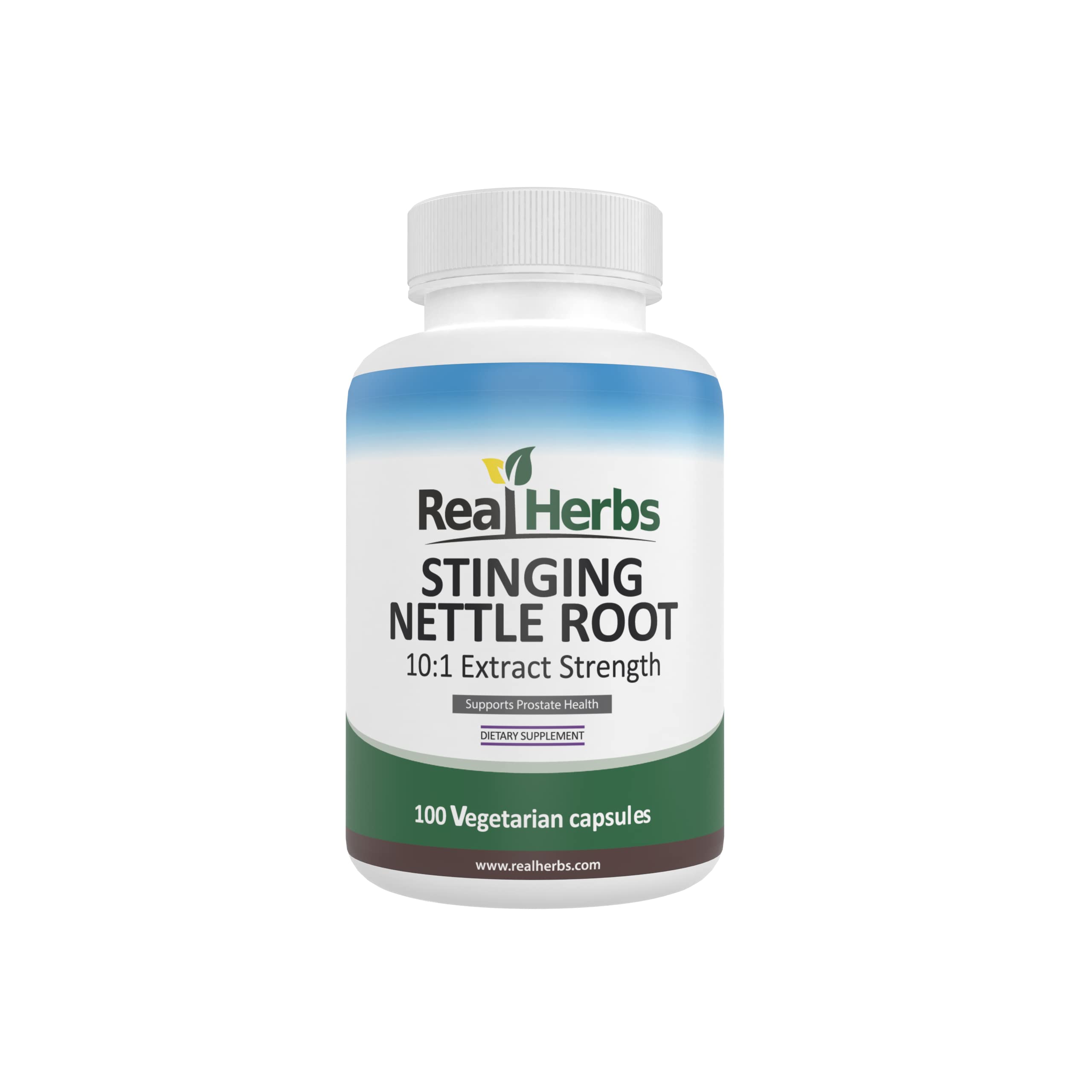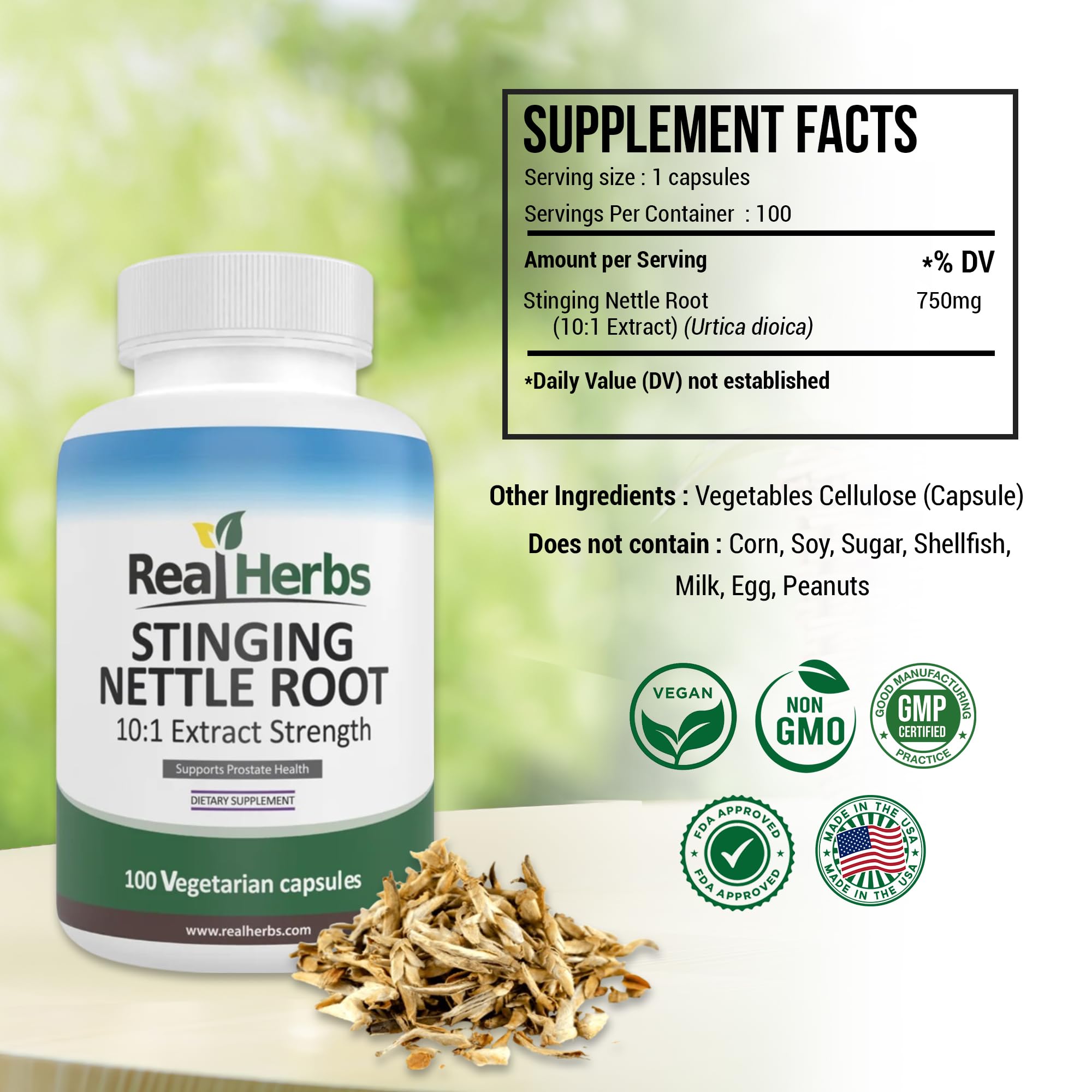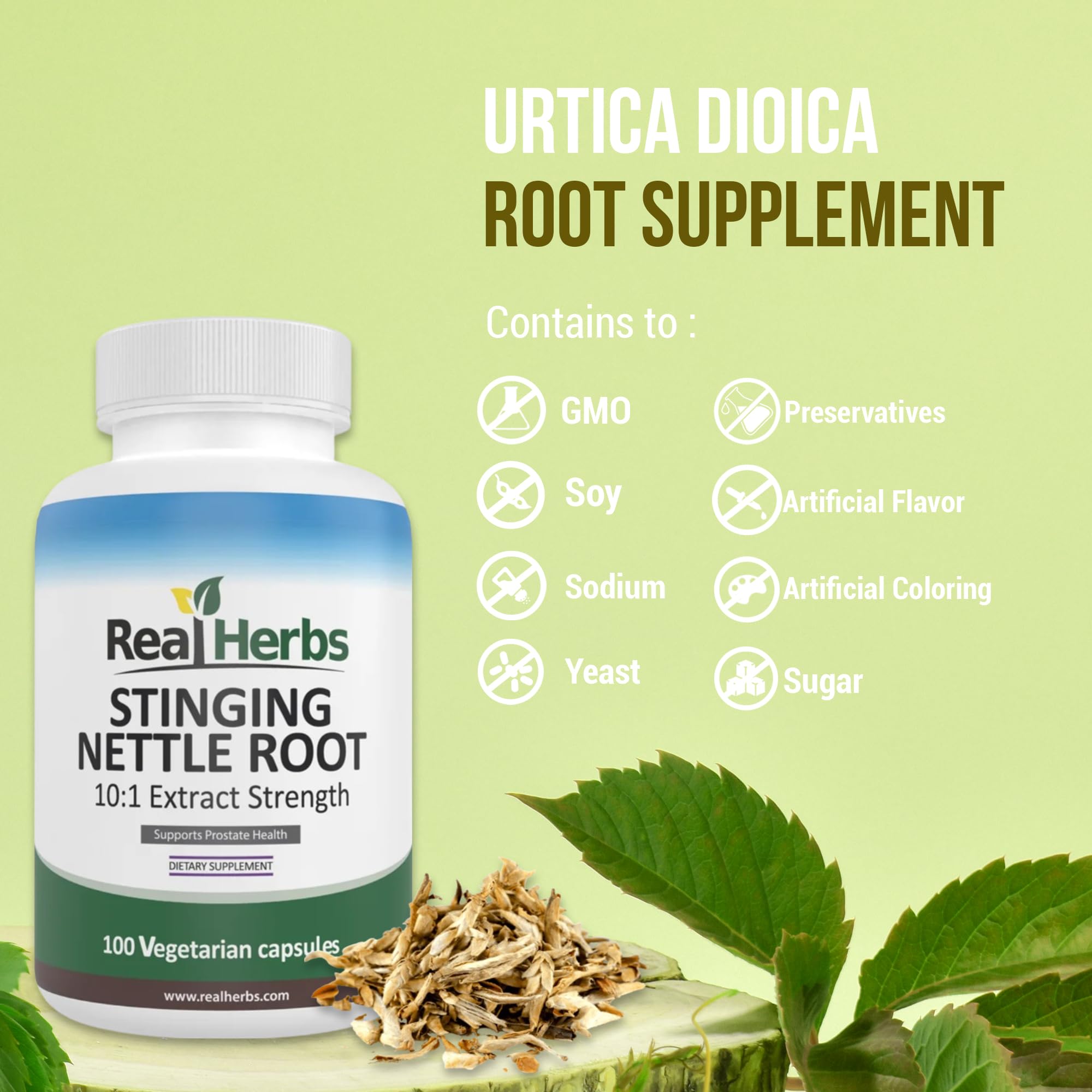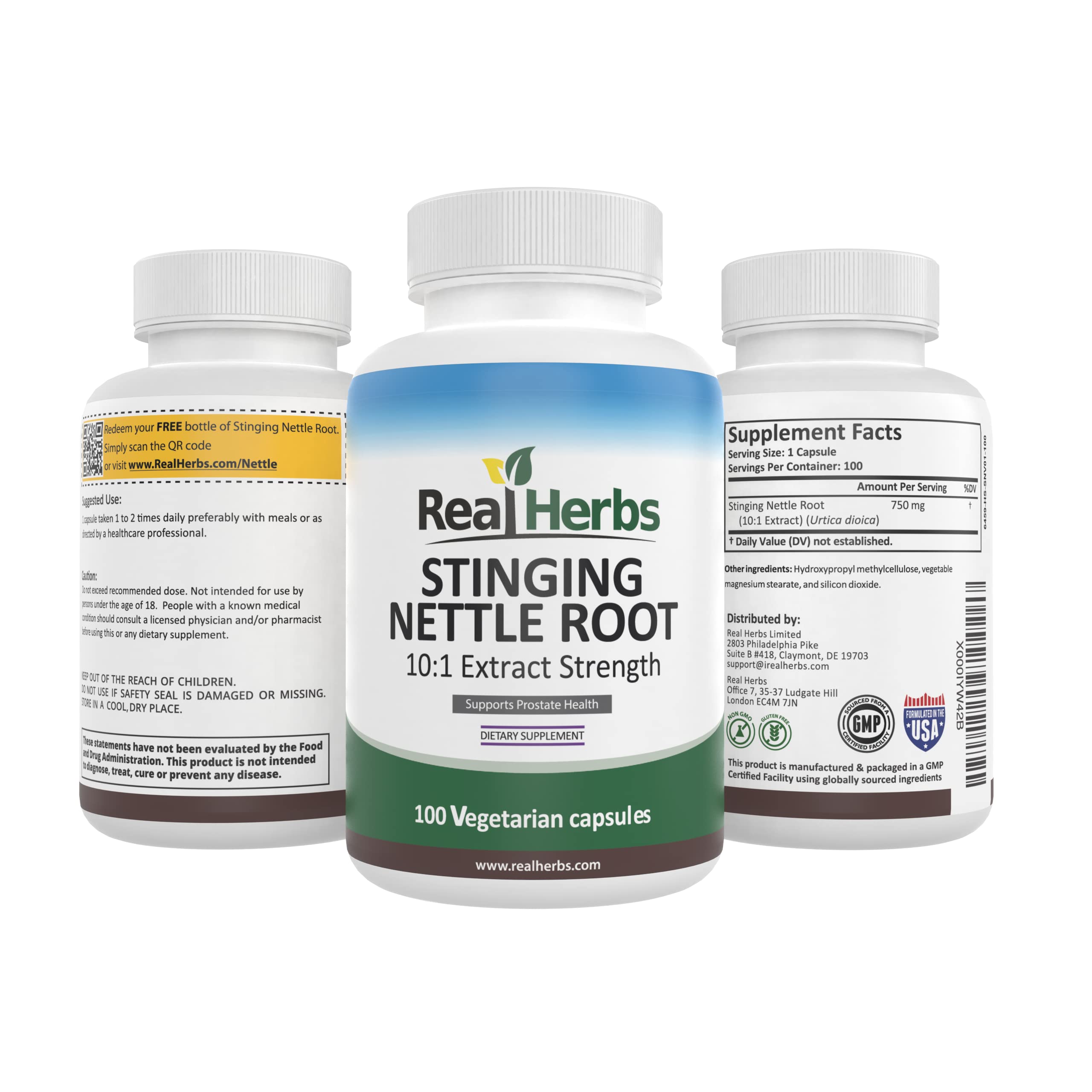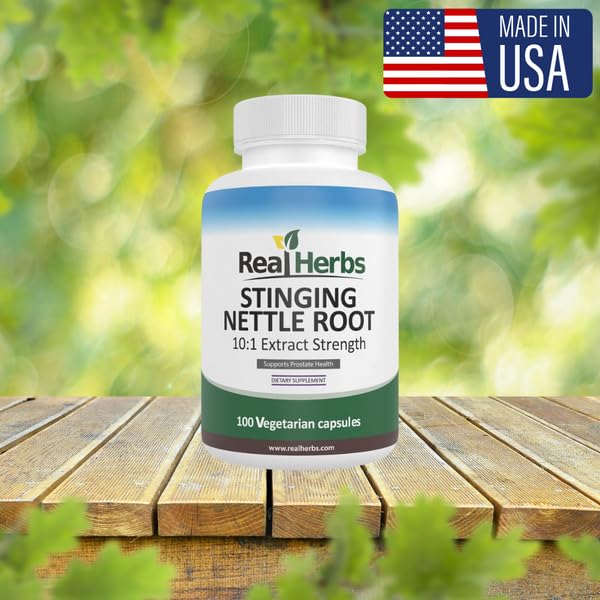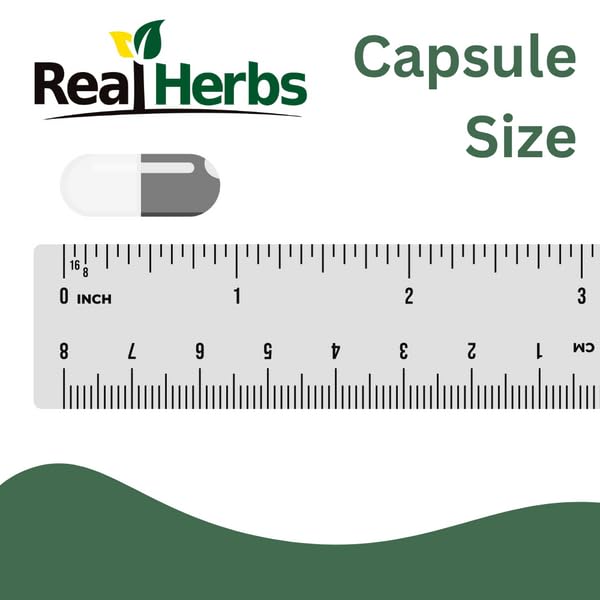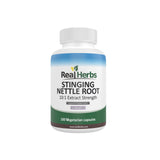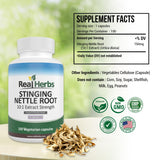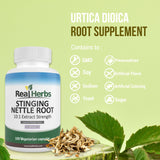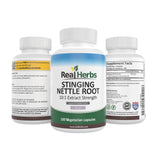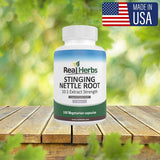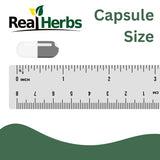How to Prepare Stinging Nettle Leaves?
Stinging nettle leaves may not look inviting at first glance, with their tiny, stinging hairs that can leave an unpleasant, itchy rash if touched without care. But beneath their prickly exterior lies a treasure trove of health benefits waiting to be harnessed. From their rich nutritional content to their potential to alleviate various health issues, stinging nettles have earned their reputation as a superfood in the world of natural remedies.
In this article, we'll delve into the world of stinging nettles, learning how to identify, harvest, and prepare them for consumption. Whether you're an avid forager or simply curious about expanding your culinary horizons, join us on this journey as we explore the numerous ways stinging nettles can enhance your health and well-being.
Understanding Stinging Nettle: A Brief Overview
Before we dive into the preparation techniques, let's take a moment to understand what stinging nettles are and why they've gained recognition in the world of health and nutrition.
What Are Stinging Nettles?
Stinging nettles (Urtica dioica) are perennial plants that grow in many parts of the world. They are characterized by their serrated, heart-shaped leaves and fine hairs that contain a potent sting. While this sting can be a nuisance, it's also a testament to the plant's powerful medicinal properties.
Nutritional Value and Health Benefits
Stinging nettles are a nutritional powerhouse. They are rich in vitamins (such as A, C, and K), minerals (including iron and calcium), and various phytonutrients. Here are some of the remarkable health benefits associated with stinging nettles:
-
Anti-Inflammatory Properties: Stinging nettles are known for their anti-inflammatory effects, which can help alleviate conditions like arthritis and allergies.
-
Rich in Antioxidants: They are packed with antioxidants that combat free radicals and support overall health.
-
Support for Digestive Health: Nettles can aid digestion and soothe gastrointestinal discomfort.
-
Potential for Allergy Relief: Some studies suggest that stinging nettles may reduce allergy symptoms.
-
Hair and Skin Benefits: Nettle extracts are used in hair and skincare products for their potential to promote healthy hair and skin.
In the sections that follow, we'll explore how to safely harvest and prepare stinging nettles to unlock their impressive health benefits.
Harvesting Stinging Nettles: Timing and Safety Tips
Before you can enjoy the benefits of stinging nettles, you need to gather them safely. Here's what you need to know about harvesting these potent plants.
Best Time to Harvest
Stinging nettles are typically best harvested in the spring when they are young and tender. During this time, they are less likely to have developed the tough, fibrous leaves that can make them less appealing for consumption.
Where to Find Stinging Nettles
You can often find stinging nettles growing in moist, fertile soil near riverbanks, forests, or gardens. However, exercise caution and make sure you have permission to harvest if you're on private property.
Safety Precautions
The stinging hairs on nettles can deliver a painful sting if touched with bare skin. To avoid this, consider these safety precautions:
-
Wear gloves: Thick gardening gloves will protect your hands from stings.
-
Use scissors or shears: Cut the nettles at the stem instead of plucking them with your fingers.
-
Cover up: Wear long sleeves and pants to minimize exposed skin.
Now that you know how to identify and safely harvest stinging nettles, let's move on to the exciting part: preparing these versatile plants for consumption.
Stay tuned for our next section, where we'll explore different methods for preparing stinging nettles and share some delicious recipes that showcase their potential in the kitchen.

